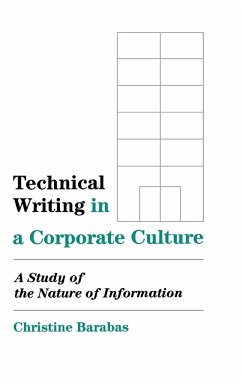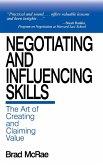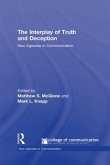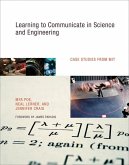With the growing interest in real-world (nonacademic) writing, critics are suggesting that the composition skills taught in schools may have little to do with the written communication skills students later need in their careers. There is a need for studies that examine writing in nonacademic contexts and that look at writing from a social perspective in order to examine the interrelationships among writing processes, texts, readers, and the functions writing serves within specific organizational settings. This volume is an attempt to increase our understanding of the nature of technical writing within an R&D organization by analyzing the three-match among writer intentions, texts, and reader expectations. Part One traces the interest in real-world writing and explores the differences between writing in an academic versus a real-world setting. Part Two provides a theoretical and conceptual background by discussing traditional and emerging models of technical communication, and by exploring different theories about the nature of science, technology, knowledge, information, language, and progress. Part Three describes the objectives, methodologies, findings, and conclusions of the study which investigated the match among the types of information that researchers (scientists and engineers) intend to include in their technical progress reports, the types of information actually contained in their reports, and the types of information that their supervisor readers expect in these reports.








